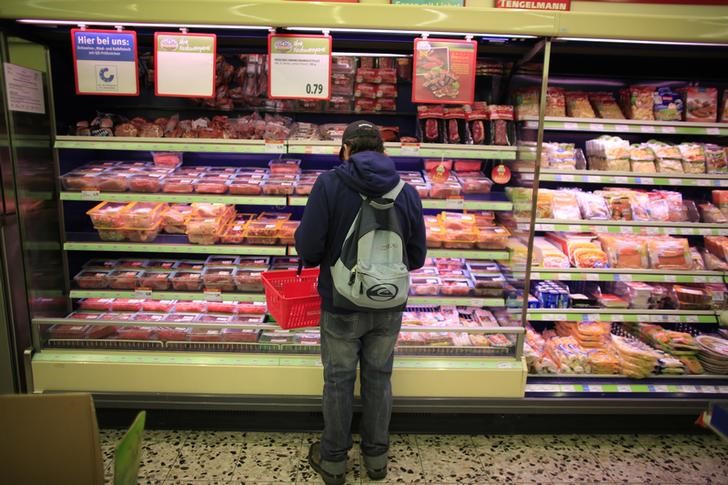Moody’s downgrades Senegal to Caa1 amid rising debt concerns
Investing.com -- The newly implemented tariffs by the Trump administration are expected to push U.S. consumer prices higher, but Wells Fargo (NYSE:WFC) economists believe several factors could cushion the inflationary impact.
The new tariffs, affecting over $1 trillion in imports, are significantly broader in scope than those imposed in 2018–2019, with the effective tariff rate forecast to rise from 2% in 2024 to 8% in 2025.
In a Thursday note, Wells Fargo economists highlighted the role of exchange rates and foreign price adjustments in mitigating the pass-through of tariffs.
Although 95% of U.S. imports are invoiced in dollars, meaning a stronger dollar cannot directly offset tariff-related inflation, “foreign firms need to actively adjust their prices lower to help cover additional costs generated by tariffs.”
With a stronger dollar and more excess manufacturing capacity in key trading partners like China and Canada, Wells Fargo sees potential for foreign exporters to absorb part of the tariff burden.
Higher profit margins in goods-related industries also provide a buffer, but economists warn that firms may be less inclined to absorb costs now.
“Margins in goods-related industries remain relatively high, which could better insulate consumer price inflation from tariff hikes,” economists led by Sarah House note.
Yet, many firms, having grown accustomed to hiking prices during the pandemic, may be more willing to pass on higher costs to consumers despite room to absorb them.
Another mechanism that could limit tariff-drive inflation, at least temporarily, are supply chain adjustments.
Firms are more aggressively pulling forward imports ahead of new tariffs, a strategy that was also used before the 2018 trade war.
Wells Fargo points out that “importers appear to be pulling forward orders more vigorously today than was the case in the previous trade war, which enables U.S. firms to at least temporarily avoid higher costs.”
Despite these mitigating factors, Wells Fargo’s models still project a 0.6 percentage point increase in the year-over-year rate of consumer price inflation due to the tariffs implemented thus far.
But the bank believes that this likely represents an upper bound, as the staggered implementation of tariffs and the varied timing of firms’ responses mean that “the price effects from tariffs are likely to ripple through pricing over the next year or two rather than come all at once, thus limiting the rise in inflation at a single point in time.”
Ultimately, Wells Fargo forecasts core PCE inflation to remain near 2.8% this year—0.4 percentage points above its pre-tariff baseline—and to decline only gradually through 2026, remaining above the Federal Reserve’s target.
